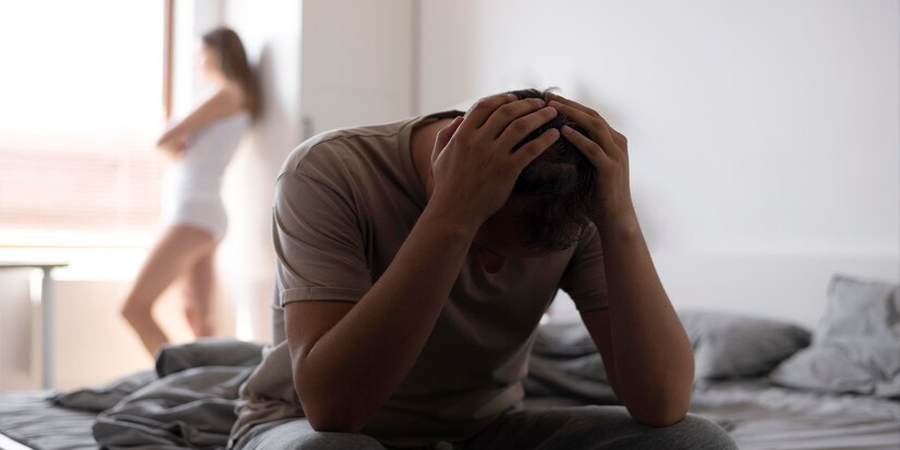
Men and Domestic Violence
Domestic violence is often stereotypically seen as a crime against women, but men
can also be victims. Although less frequently discussed, male victims of domestic abuse
experience serious emotional, physical, psychological, and even sexual harm—often in silence and
without adequate support.
What Is Domestic Violence?
Domestic violence includes a range of abusive behaviors used by one partner to gain
or maintain power and control over another. It can be:
- Physical: Hitting, slapping, shoving, or using weapons.
- Emotional or Psychological: Verbal abuse, humiliation, threats, manipulation.
- Sexual: Coercion or forced acts.
- Financial: Controlling access to money or resources.
- Coercive control: Intimidation, isolation, or monitoring.
While domestic abuse is more commonly reported by women, research shows that
men also face substantial rates of abuse, often from female or male partners in both
heterosexual and same-sex relationships.
Statistics and Reality
Depending on the country and source, studies suggest that:
- Around 1 in 3 victims of domestic violence are male.
- Men are less likely to report abuse, often due to stigma, shame, or fear of not being
believed.
- Male victims often experience barriers to accessing help, including lack of services or
misinformed assumptions by authorities.
Barriers to Recognition and Support
- Stigma and Gender Norms: Societal expectations of men to be strong, stoic, and
self-reliant can discourage them from seeking help or even acknowledging victimhood.
- Fear of Not Being Believed: Men often report that when they do seek help, they are
not taken seriously by police, courts, or healthcare professionals.
- Limited Resources: There are far fewer shelters, helplines, and support groups
dedicated to male victims compared to those for women.
- Legal Challenges: Men may face difficulties in child custody battles or legal
proceedings where bias may presume them as aggressors.
Abuse in LGBTQ+ Relationships
Male victims in same-sex relationships face additional complications, including:
- Fear of outing.
- Lack of specialized services.
- Isolation from the broader LGBTQ+ or domestic violence support communities.
Signs a Man May Be Experiencing Domestic Abuse
- Unexplained injuries or frequent "accidents."
- Isolation from friends or family.
- Sudden changes in behavior or mood.
- Signs of fear or anxiety around a partner.
- Financial control or loss of autonomy.
Support and Moving Forward
It's vital to create a culture where all victims of abuse are believed and
supported, regardless of gender. Recommended actions include:
- Raising awareness that domestic violence can affect anyone.
- Training professionals (police, counselors, doctors) to recognize and appropriately respond
to male victims.
- Funding and promoting services specifically for men, including safe housing and counseling.
- Encouraging non-judgmental conversations around male victimhood and breaking the taboo.
Resources for Male Victims
- Men’s Advice Line (UK): Confidential support for men experiencing domestic abuse.
- 1 in 6 (US): Helps men who've had unwanted or abusive sexual experiences.
Conclusion
Domestic violence against men is a real and serious issue that deserves more
attention, empathy, and resources. By acknowledging the problem and working to dismantle stigma,
society can ensure that no one—regardless of gender—is left to suffer in silence.
